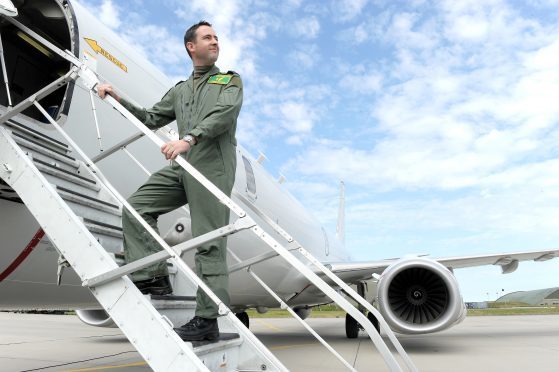The 120 Squadron began life in 1918, but achieved its greatest success when it was reformed during World War II.
The fleet started flying on anti-submarine patrols amid the Battle of the Atlantic in June 1942, and proved instrumental in keeping trade routes open between the UK and America.
Pilots attached to the outfit amassed 14 kills by the end of the conflict.
The tally included some crucial strikes during the D-Day Landings and was the highest reached by any anti-submarine unit during the war.
The squadron served at RAF Kinloss from 1959, until it disbanded in May 2010.
Crews operated MR.2 and MR.3 versions of the Shackleton aircraft in a maritime patrol role until February 1971, when they were supplied instead with Hawker Siddeley Nimrods.
The squadron also completed missions during the Falklands War in 1982 and the Gulf War in 1991.
The 201 Squadron, which is expected to reform at Lossiemouth in 2021, can lay claim to being one of the oldest British military flying units – as it predates the RAF itself.
Its origins date back to 1914, when it was established as part of the Royal Naval Air Service.
The squadron played important roles in World War I and World War II, and was based at RAF Kinloss from 1965 until 2011.
The Chief of the Air Staff, Air Chief Marshal Sir Stephen Hillier, yesterday praised the “long and distinguished records” attached to both squadrons.
He added: “Together they will help forge the next generation of the RAF.”
